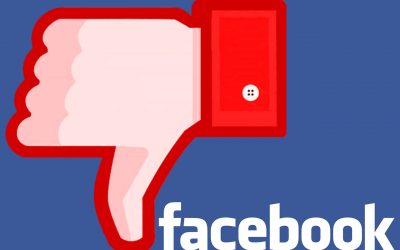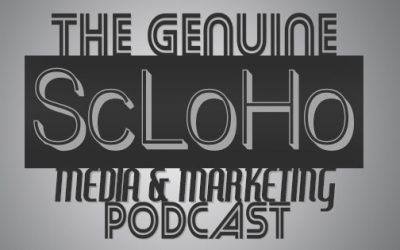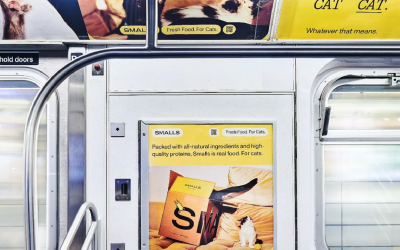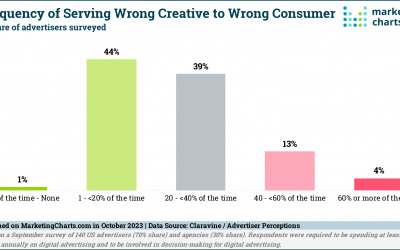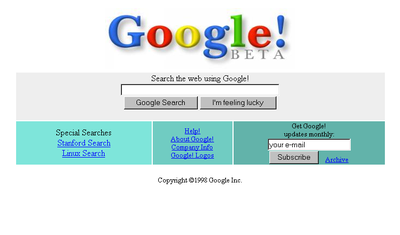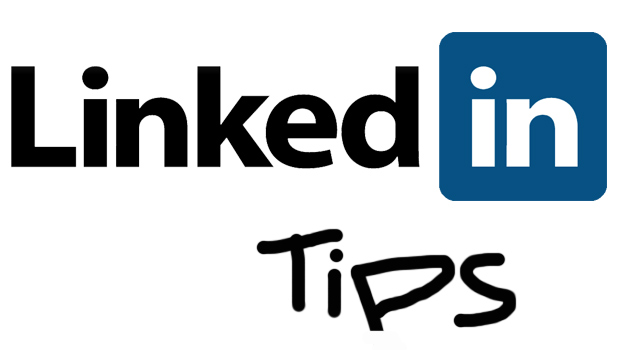Last Tuesday, the world freaked out because of a glitch in the internet. Specifically Facebook's parent company Meta, and most of their affiliated social and internet related sites and features became inoperable starting around 10am eastern time. I am actually writing...
ScLoHo’s Web World
Reintroducing ScLoHo
Last week, when I was recording the podcast version of my weekly update I mentioned briefly what a ScLoHo is. Today, that is the focus of both this article and podcast episode. If this is the very first time you've listened to the Scott Howard Genuine ScLoHo Media and...
Lure Them In
The dictionary defines the word lure when used as a verb as, “tempt (a person or animal) to do something or to go somewhere, especially by offering some form of reward”. Lure can be a negative word, but whether it’s fishing, hunting, selling, or advertising, setting...
QR Code Mania
Sometimes technology comes before it's needed and then there is a triggering event that propels that emerging technology towards mainstream use. This is the story of QR codes. Do you use them in your business? They've been around for quite awhile and some of the early...
Digital Discrepancies
I was born in the 1900's. I heard that line last month when comedian Nate Bargatze was hosting Saturday Night Live. Of course I didn't watch it live on Saturday night, I saw it a few days later because we have YouTubeTV as our streaming service and my wife was...
Is It A Thing or Is It A Fad?
Let's jump into this topic headfirst with the reason I'm talking about this subject right now. Around July 5th, a new social media app, Threads was launched and it's been all over the news because... well.. the news media thinks it's newsworthy. Threads is connected...
Google is the Wrong Answer
I was in a meeting with a business owner this month and as we were doing our usual "Discovery" meeting, one of the questions that was asked was: Where are your current customers coming from? He answered, "Google" Bzzzzzz. Wrong answer. Well, perhaps it was really the...
Getting Linked
Among the one-liners of business success, there's one that I've noticed has been critical and it has to do with connections. I'm going to focus on LinkedIn, but first here's the one-liner: "It's not who you know, but who knows you that determines your success" This is...
Own Your Space
Here we are in the summer of 2022 and due to some recent business meetings I've had, I need to give you a piece of advice that I've said repeatedly over the years. Own Your Space. Not just any space, but your space online. This applies to you as a person and if you...

